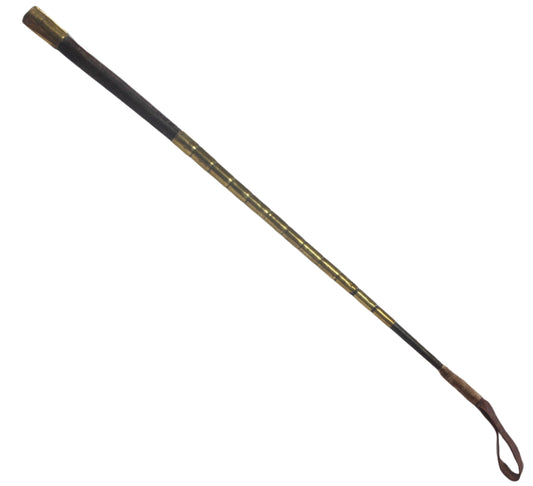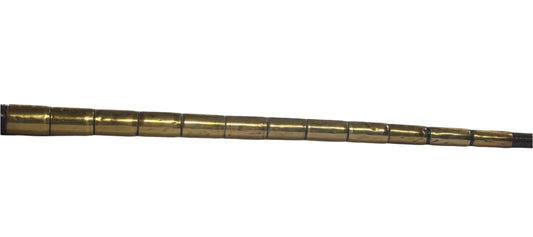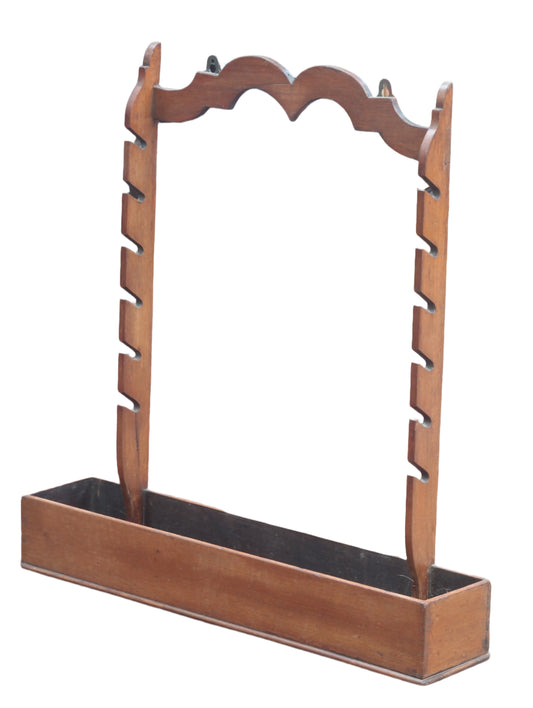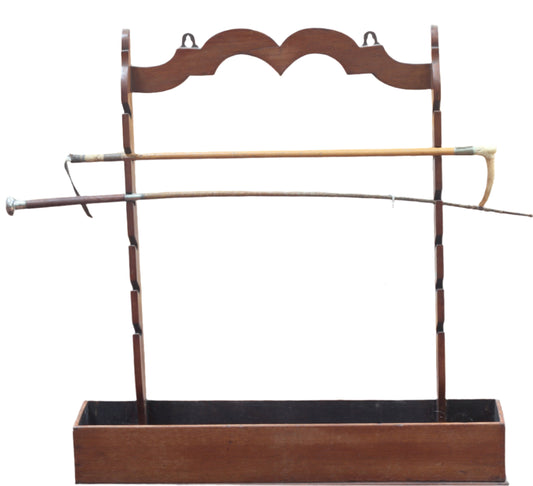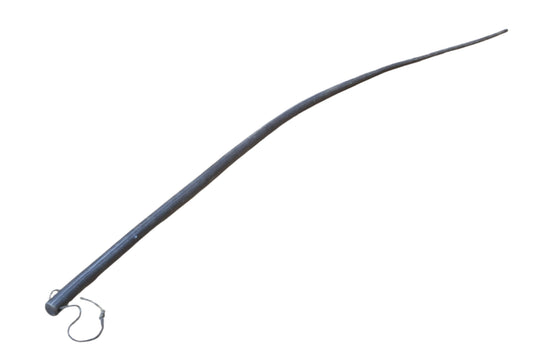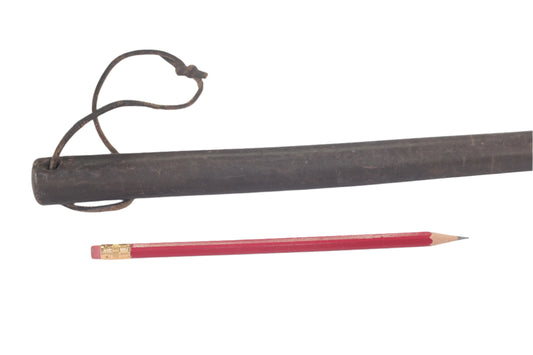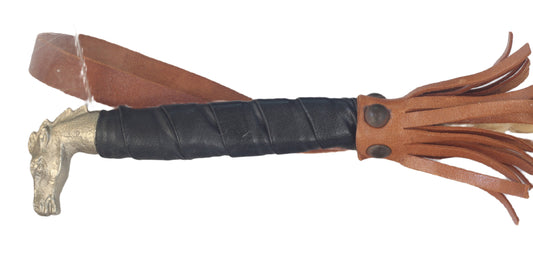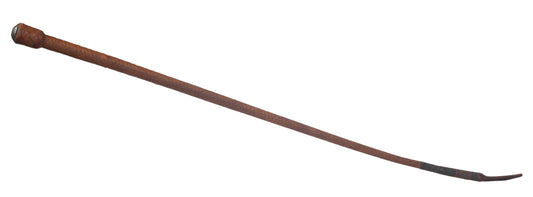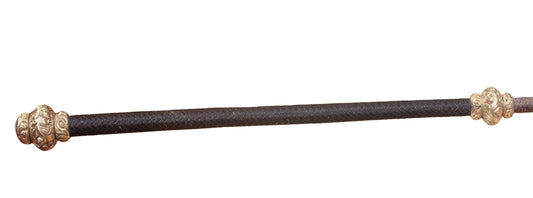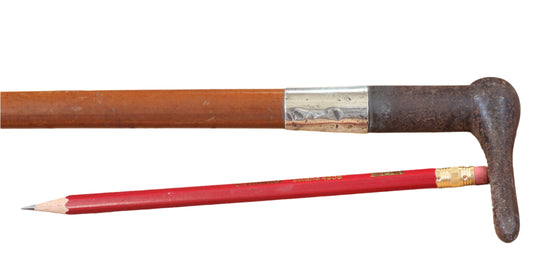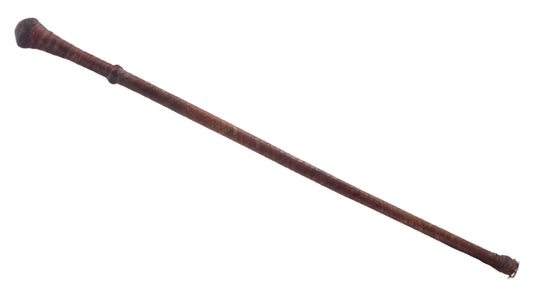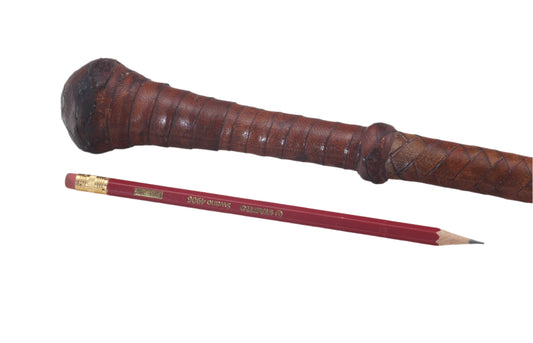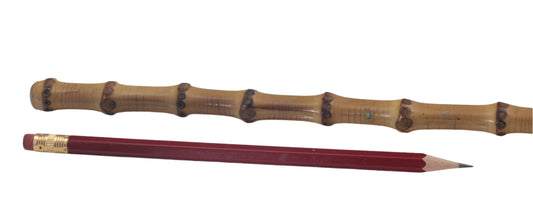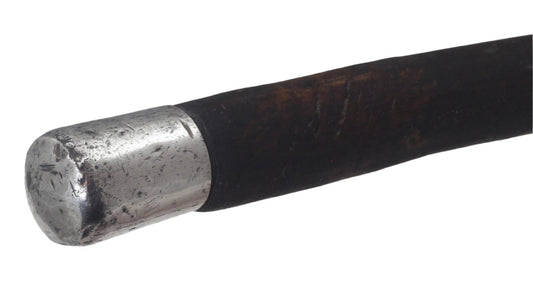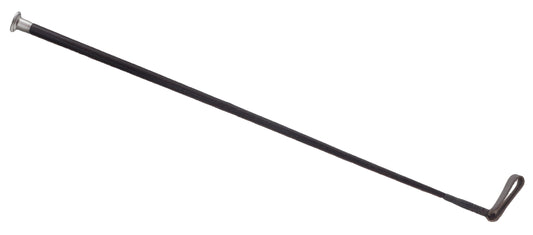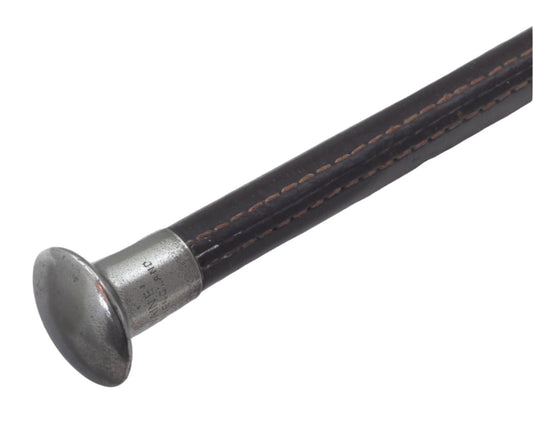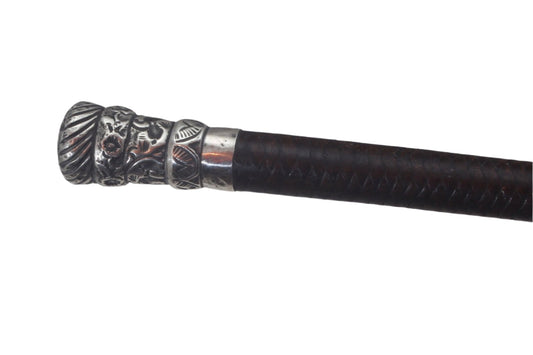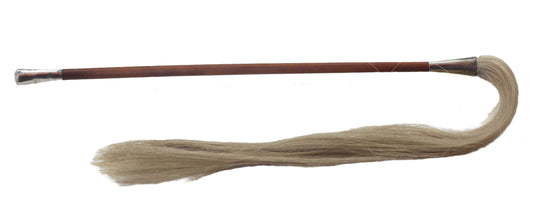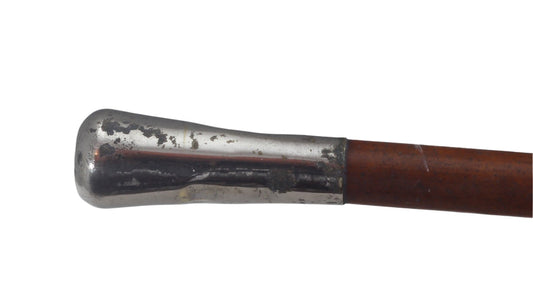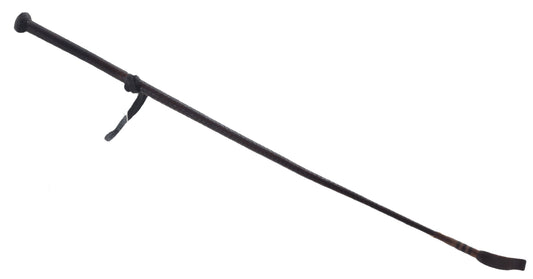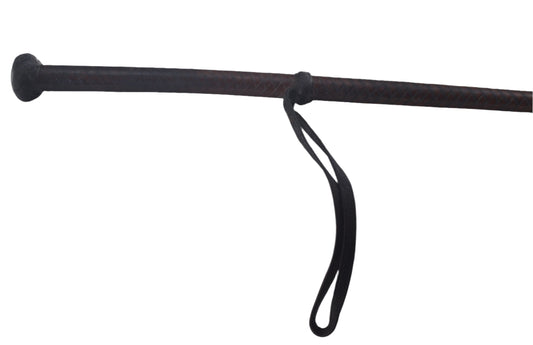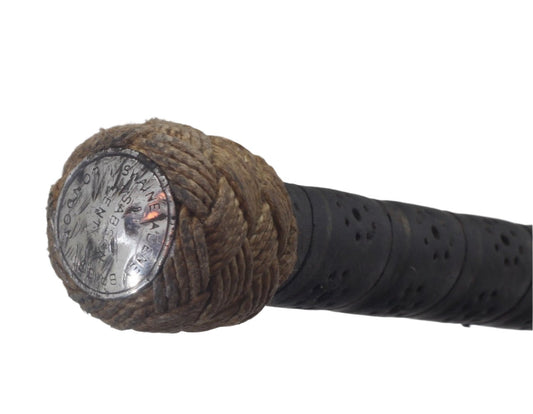Collection: Antique whips
Sidesaddle whips, cutting whips, rebenques, and other antique horse riding whips and crops
There is a separate section for hunting whips here
-
Antique Brass Banded In Hand Whip or Crop - w1520
Regular price £78.00 GBPRegular priceUnit price / per -
Antique Mahogany Whip Rack with Shelf
Regular price £75.00 GBPRegular priceUnit price / per -
African Tribal Hide Whip or Sjambok or Litupa - w1769
Regular price £150.00 GBPRegular priceUnit price / per -
Spanish Pizzle Riding Crop or Whip with Horse Head Handle - w1761
Regular price £22.00 GBPRegular priceUnit price / per -
Vintage Steel Lined Leather Riding or Jumping Whip or Crop - w1757
Regular price £45.00 GBPRegular priceUnit price / per -
Antique Ladies Sidesaddle Riding Whip with Ornate Gilt Mounts - w1758
Regular price £78.00 GBPRegular priceUnit price / per -
Antique Swaine & Adeney Hunting Whip with Locksmasher Handle - w1756
Regular price £75.00 GBPRegular priceUnit price / per -
Vintage Colonial Leather Whip or Cane - w1755
Regular price £38.00 GBPRegular priceUnit price / per -
Slim Whangee Showing Cane - w1752
Regular price £17.00 GBPRegular priceUnit price / per -
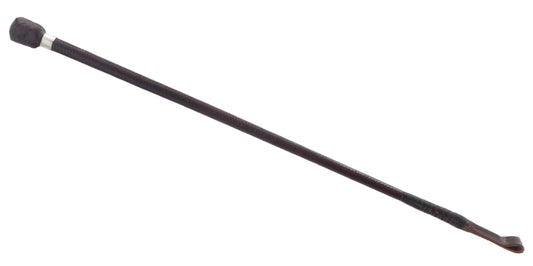
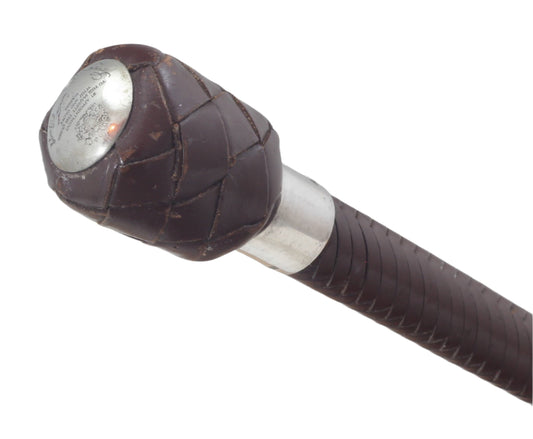
1996 Leather Riding or Jumping Whip or Crop with Silver Collar by Swaine Adeney Brigg - w1747
Regular price £80.00 GBPRegular priceUnit price / per -
African Tribal Hide Whip or Sjambok - for UK sale only - w1729
Regular price £50.00 GBPRegular priceUnit price / per -
Vintage Leather Riding or Jumping Whip or Crop by Swaine Adeney Brigg - w1743
Regular price £36.00 GBPRegular priceUnit price / per -

 Sold out
Sold outVintage Whangee Showing Cane - w1736
Regular price £17.00 GBPRegular priceUnit price / per -
Antique Leather Sidesaddle Riding Whip or Crop - w1738
Regular price £120.00 GBPRegular priceUnit price / per -
Vintage Malacca Handled Fly Whisk - w1734
Regular price £36.00 GBPRegular priceUnit price / per -
Vintage Leather Riding Whip or Crop - w1737
Regular price £30.00 GBPRegular priceUnit price / per -
Vintage Swaine & Adeney Riding Whip or Crop - w1735
Regular price £46.00 GBPRegular priceUnit price / per -
Antique Locksmasher or Hammer Handled Hunting Whip - w1708
Regular price £84.00 GBPRegular priceUnit price / per -
Antique African Tribal Hide Whip or sjambok with Ivory Snake Handle - for UK sale only - w1707
Regular price £160.00 GBPRegular priceUnit price / per -
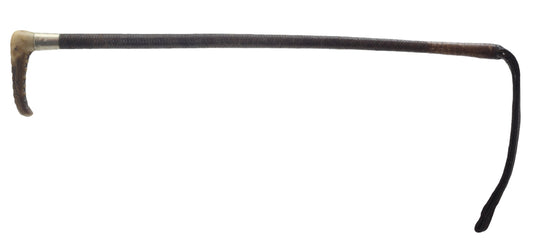
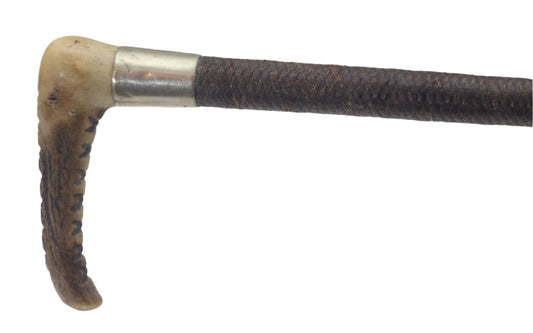 Sold out
Sold outVintage Hunting Whip or Crop - w1705
Regular price £74.00 GBPRegular priceUnit price / per

